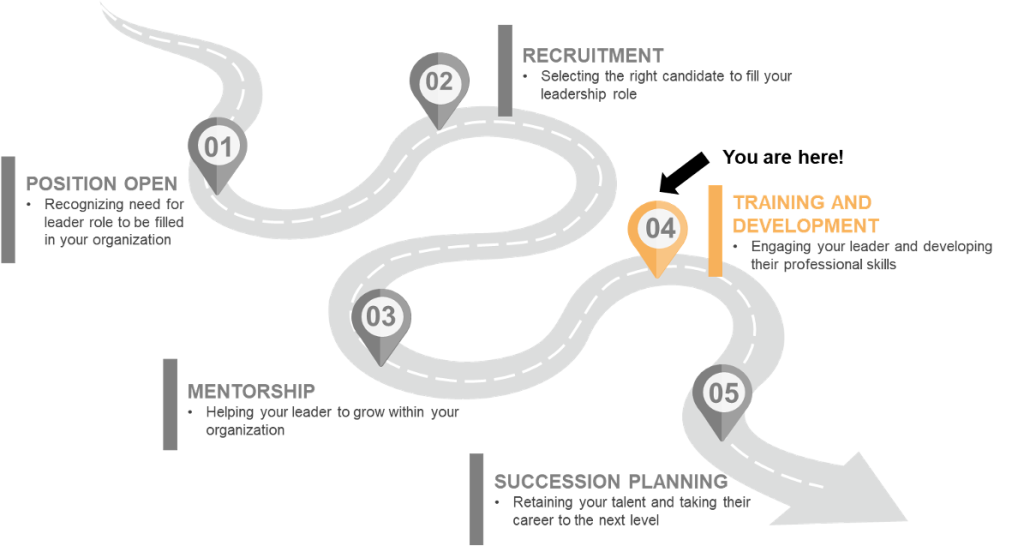Welcome to Training and Development
To continue building the competencies of your leader and ensuring they are supporting your organization, training and development are critical.
Training and development helps to upskill leaders with various identities and increases your employer brand reputation amongst competitors.
It is important to consider ways you can support your leaders, their growth, and ultimately, their success.



